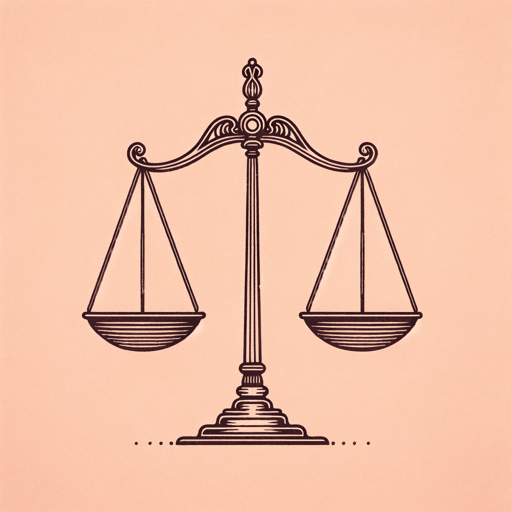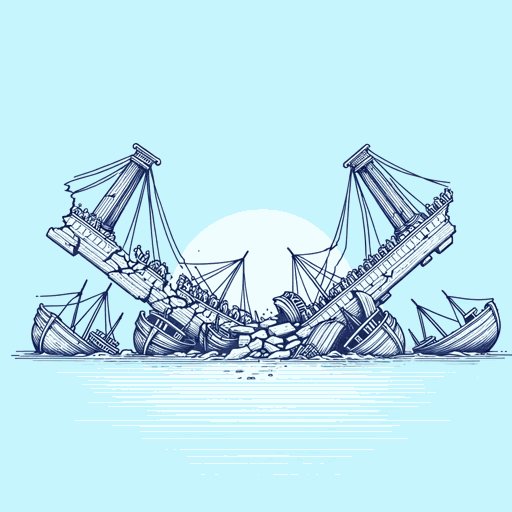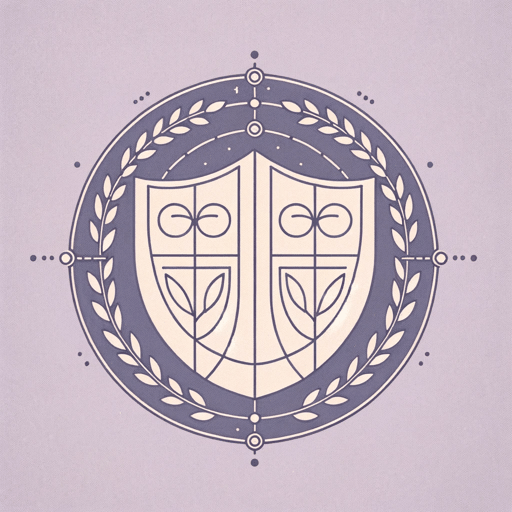38 pages • 1 hour read
AeschylusThe Libation Bearers
Fiction | Play | Adult | BCEA modern alternative to SparkNotes and CliffsNotes, SuperSummary offers high-quality Study Guides with detailed chapter summaries and analysis of major themes, characters, and more.
Symbols & Motifs
Blood
As a tale of revenge, Libation Bearers leans very heavily on the symbolism of blood and bloodshed. Blood calls for blood: Clytaemestra’s murder of Agamemnon means that she too must be murdered. Throughout the play, spilled blood almost acquires a kind of force or gravity of its own:
It is but law that when the red drops have been spilled
upon the ground they cry aloud for fresh
blood. For the death act calls out on Fury
to bring up from those who were slain before
new ruin on ruin accomplished (400-04.)
The necessity of spilling blood to wash out blood becomes the source of the family’s cycle of violence in the trilogy. Every act of bloodshed inspires further bloodshed, so that Orestes can observe that “[o]ur Fury who is never starved for blood shall drink / for the third time a cupful of unwatered blood” (576-77). The first “cupful” of blood came during the rivalry of Atreus and Thyestes two generations before; the second when Clytaemestra murdered Agamemnon; and the third when Orestes murders Clytaemestra. Although the characters of the play—especially the Chorus—hope that Orestes can “wipe out the stain of blood shed / long ago” (651-52) or “wash out the blood in fair-spoken verdict” (805), it becomes increasingly obvious that bloodshed will only bring about more bloodshed and that a different approach will be needed to end the cycle.
Related Titles
By Aeschylus
Featured Collections
Ancient Greece
View Collection
Books on Justice & Injustice
View Collection
Challenging Authority
View Collection
Family
View Collection
Hate & Anger
View Collection
Mothers
View Collection
Mythology
View Collection
Power
View Collection
Revenge
View Collection
Tragic Plays
View Collection







